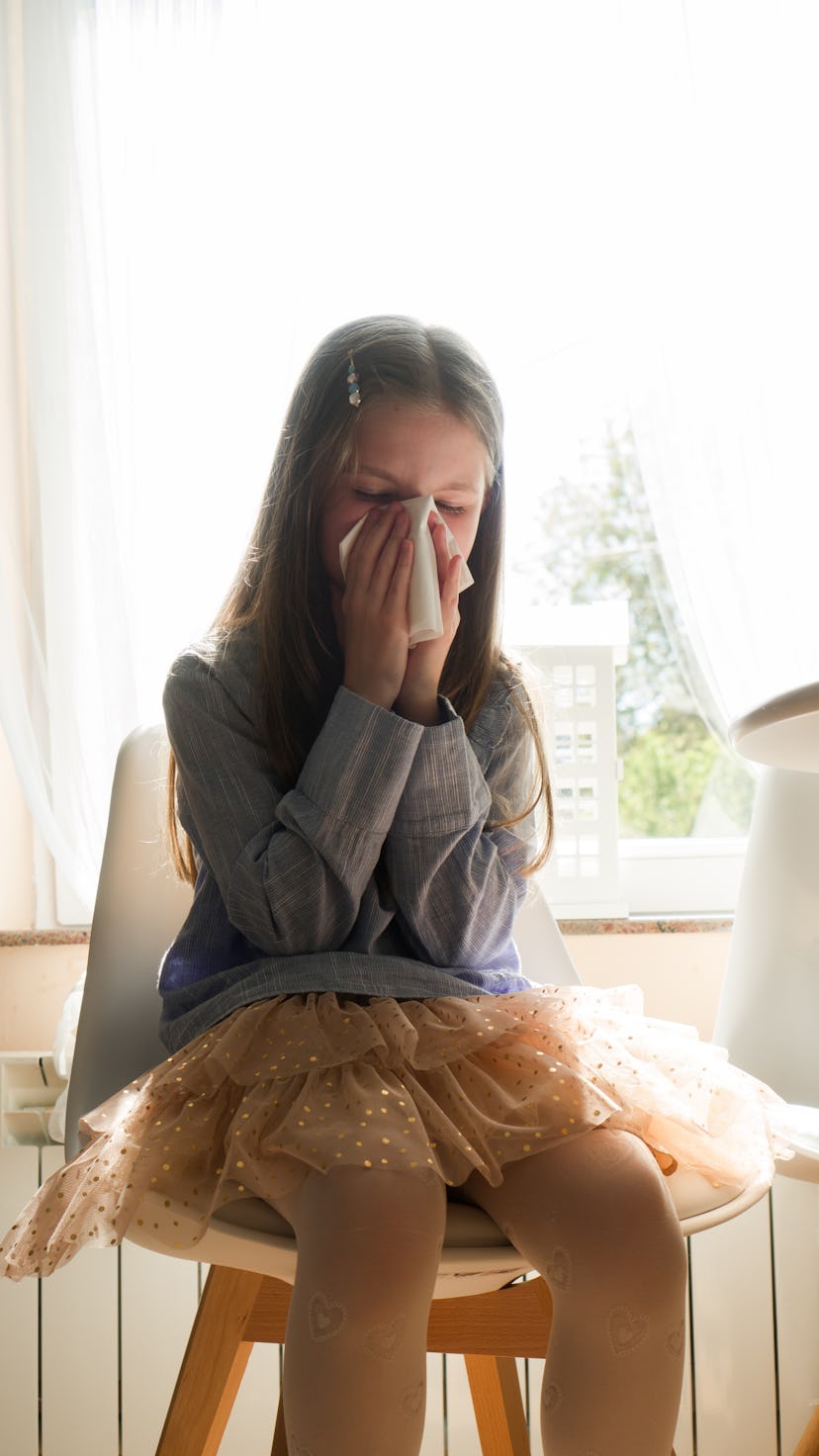Flurona

Flurona & Kids: What Parents Need To Know
What to watch for, and how to protect your child during the twindemic.
Dobrila Vignjevic/E+/Getty Images
The reason flurona is now officially making the rounds is because both illnesses can become serious, so naturally parents are concerned (albeit totally exhausted at this point).
FatCamera/E+/Getty Images
What’s better than treatments? Prevention. The most severe Covid and flu symptoms can be prevented by vaccinating your children and yourself. The CDC recommends the Covid vaccine for kids 5 years and older, and the flu shot starting at 6 months old. Eligible kids can get both at the same time.
hxyume/E+/Getty Images
In addition to getting them vaccinated, encourage your children to wear their masks at school, wash and sanitize their hands often throughout the day, and to tell you right away if they’re not feeling well.
Jittawit Tachakanjanapon / EyeEm/EyeEm/Getty Images
The flu and Covid cause similar symptoms since both are viral illnesses that attack your respiratory system. Flurona will affect every kid a little differently and vary in intensity, but there are some signature symptoms you can watch out for.
Maskot/Maskot/Getty Images
The CDC says flu symptoms include fever, body aches, chills, headache, fatigue, runny or congested nose, sore throat, and cough. In kids, diarrhea and vomiting are also common. They note that not everyone with the flu has a fever, so don’t let a normal body temp fool you.
RealPeopleGroup/E+/Getty Images
As for Covid symptoms, well, they’re pretty much identical to the flu list. Per the CDC, the only different symptoms are loss of taste or smell, and shortness of breath or difficulty breathing. While flu symptoms come on suddenly, Covid can feel mild or severe.